Wells Street Has Quite a History
That includes the impact of plutocrat Daniel Wells, Greta Garbo and an Irish/German riot.
Wells Street was named in 1835 for Daniel Wells, an investor in Kilbourntown. During his 67 years in Milwaukee, Wells seemed to be involved in everything. He dealt in lumber, wool, grain, railroads, real estate, banking, insurance, hotels, and roads. In addition, at one time or another he was a surveyor, farmer, justice of the peace, probate judge, undersheriff, representative to the Territorial Council, and United States Congressman.
Wells, whose ancestors were New England settlers, was born in Maine in 1808. When he came to Milwaukee in 1835 he was well-to-do, and when he died he was thought to be the richest man in the state. His death in March of 1902, at the age of 93, prevented him from seeing the completion of his Wells Building on E. Wisconsin Avenue.
In Juneautown, developed by Solomon Juneau and Morgan L. Martin, the thoroughfare was called Oneida Street. The Oneida are a Native American tribe from upstate New York. Oneida, translated into English, means “People of the Standing Stone.” During the 1820s and 1830s, with pressure from settlers moving into their area of New York, many members of the tribe moved to Wisconsin, where they bought land in the Green Bay area. Both Juneau and Martin spent considerable time in Green Bay, the principal city in the territory at the time, and had dealings with members of the tribe. Oneida Street was changed to E. Wells Street in 1926 during the city’s street renaming program.
An incident on E. Wells Street, eight years after the city’s incorporation in 1846, led to the founding of Milwaukee’s first militia company composed exclusively of Yankees. Militia companies acted much like the National Guard does today when it is called out to maintain order during times of unrest.
On Tuesday, March 7, 1854, Milwaukee residents went to the polls to elect city officials. At the time, challenging the right of a fellow Milwaukeean to vote was a common practice. Usually, it involved a German challenging the right of an Irishman to vote. Most Germans came directly from Germany to Milwaukee and had a year or two waiting period before they could file their intent to become a citizen. After filing, they could vote immediately. The Irish, on the other hand, usually arrived in Milwaukee after having worked their way from the east coast, where they had arrived penniless. Consequently, they had been in the United States for several years and had either filed their intent on their journey west or soon after arriving here. So most adult male Irishmen could vote shortly after becoming residents of the city, much to the dismay of their Teutonic neighbors.
On this day though, it seems that an Irishman challenged the right of a German to vote at the First Ward poll near City Hall. The German was upset and he issued a challenge of his own, daring the Irishman to fight. The Emerald Islander and many of his countrymen were happy to accept and a donnybrook involving several hundred Irishmen and Germans ensued.
The Hibernians immediately took the strategic higher ground up E. Wells Street toward N. Broadway. From there they could shower the Germans below with bricks, stones, and anything else they could throw. The small police force was powerless against so many rioters. In less than an hour, the battered Teutons left the glass-littered battlefield to the victorious Celts.
The former We Energies building at E. Wells Street at the Milwaukee River was the site for testing the burning of pulverized coal for boilers beginning in 1919. The theory was that if the coal was broken down to a powder, it would burn more efficiently. It worked and is a widely used method almost a century later. The Milwaukee Repertory Theater occupies the building today.
A marker on the building to the east, the Pabst Theater, tells us it has been placed on the National Register of Historic Places by the Department of the Interior. Across E. Wells Street, a building is labeled an Histeric place by the Department of the Ulterior. The playful marker calls the building the “Margaretha Geertruida Zelle Deli and Outdoor Cafe,” and is dated 1918. Zelle was better known as Mata Hari, who was executed by France as a spy for Germany during World War I. The marker is around the corner from the Safe House.
The blockbuster film, Mata Hari, starring Greta Garbo, was released in 1931. Garbo was a Hollywood star during the 1920s and 1930s. Her name adorns the building at the northwest corner of W. Wells and N. 24th Street, the “Greta Garbo Apartments.” During the 1940s the Swedish celebrity invested in several Milwaukee apartment buildings, and it is assumed she invested in this one as well.
Carl Baehr, a Milwaukee native, is the author of Milwaukee Streets: the Stories Behind their Names, and articles on local history topics. He has done extensive research on the sinking of the steamship Lady Elgin, the Newhall House Fire, and the Third Ward Fire for his upcoming book, “Dreams and Disasters: A History of the Irish in Milwaukee.” Baehr, a professional genealogist and historical researcher, gives talks on these subjects and on researching Catholic sacramental records. He earned an MLIS from the UW-Milwaukee School of Information Studies.
Sites Along Wells Street
City Streets
-
The Curious History of Cathedral Square
 Sep 7th, 2021 by Carl Baehr
Sep 7th, 2021 by Carl Baehr
-
Gordon Place is Rich with Milwaukee History
 May 25th, 2021 by Carl Baehr
May 25th, 2021 by Carl Baehr
-
11 Short Streets With Curious Names
 Nov 17th, 2020 by Carl Baehr
Nov 17th, 2020 by Carl Baehr


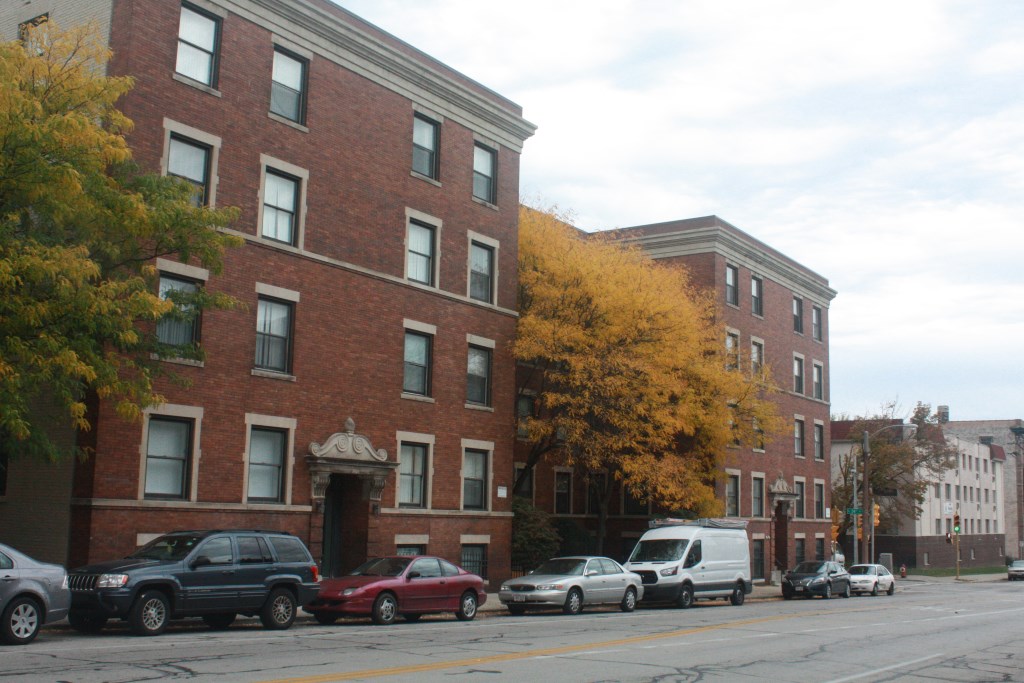
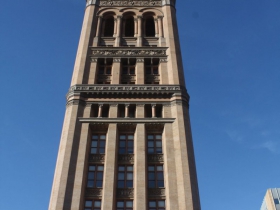
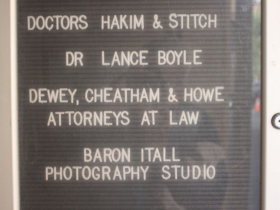
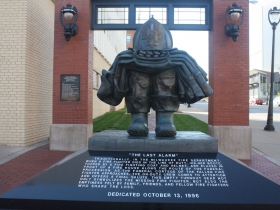
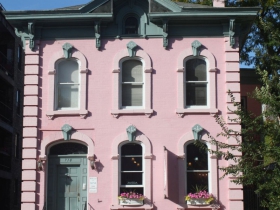
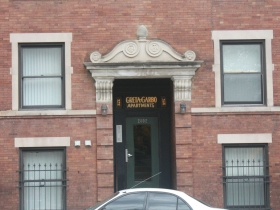
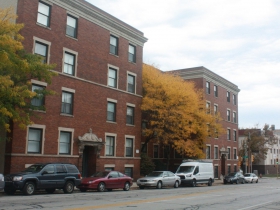






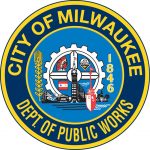











Frank Zeidler told me that Garbo did not own this building. I believe it was developed by her friend Gayelord Hauser Garbo did own the stretch of 4buildingseast side of N Port Washington Rrth of W Hampton Ave.
@Michael Horne – Which buildings are you referring to on Port? All those seem to be built in the 50s or 60s.
The house I live in at 2442 West Wells, built in 1907, was once owned and lived in by a city alderman, but I do not know who it was. Also, as a kid I rode the Wells number 10 streetcar many, many times passed this address, of course not realizing that someday I would be living in this place. Across the street was the old county emergency hospital which is now Grand Avenue School. Several years ago the intersection of 24th and Wells was opened for new sewer pipes and all the streetcar tracks and ties were still there under the pavement.